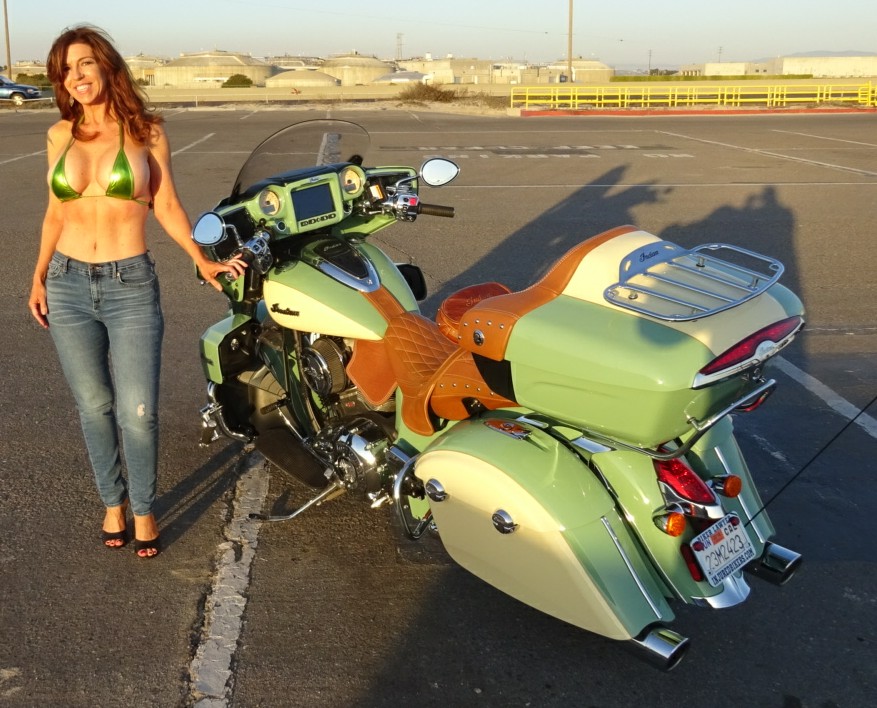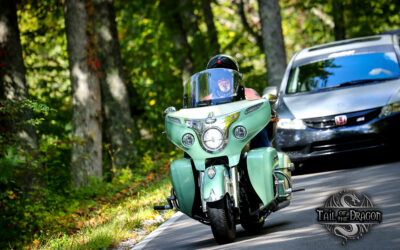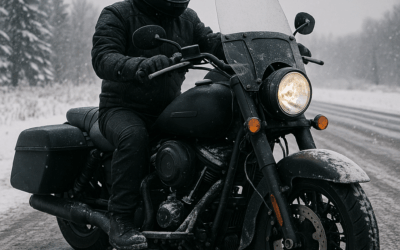Spring and summer are around the corner, and for motorcycle riders across the country, that means one thing: riding season is here. As the days grow longer and the weather warms up, the call of the open road becomes irresistible. But before you fire up your engine and twist the throttle, it’s essential to make sure you’re fully prepared for a safe, comfortable, and enjoyable season of riding. This guide will walk you through the steps every motorcyclist should take to get ready for riding season and discuss the essential gear and attire you should wear every time you hit the road.
Pre-Ride Season Motorcycle Inspection and Maintenance
Before you think about heading out, your first priority should be your motorcycle. A bike that’s been sitting idle during the winter months needs a comprehensive inspection to ensure it’s road-ready.
-
-
Check Your Tires
-
Tires are your only contact with the road. Look for signs of wear, dry rot, or cracking, especially along the sidewalls. Use a tread depth gauge to ensure you have at least 2/32” of tread, or more for better grip. Don’t forget to check tire pressure, and inflate according to your manufacturer’s specifications.
-
-
Inspect Your Battery
-
Cold weather can drain your battery. If your motorcycle has been stored for months, make sure the battery is fully charged. Use a voltmeter to test the battery’s charge, and replace it if it’s not holding a charge.
-
-
Fluids and Filters
-
Check and top off all fluids, including engine oil, coolant, brake fluid, and clutch fluid. If it’s been a while, consider doing a complete oil and filter change. Dirty or old oil can wreak havoc on your engine.
-
-
Brakes and Lights
-
Examine brake pads for wear, and check the brake lines for leaks or cracks. Ensure your brake lights, headlights, and turn signals are fully operational. Visibility and stopping power are crucial.
-
-
Chain, Belt, and Suspension
-
Inspect your drive chain or belt for proper tension and signs of wear. Lubricate the chain if needed. Check suspension components for leaks or damage and make any necessary adjustments.
Mental and Physical Readiness
Even seasoned riders benefit from mentally and physically preparing for the riding season.
-
-
Refresh Your Skills
-
If you haven’t ridden in a while, it’s a good idea to take a motorcycle safety refresher course or spend time practicing in a controlled environment. Parking lots are great places to rehearse slow-speed maneuvers, emergency braking, and cornering.
-
-
Get Physically Fit
-
Riding a motorcycle is physically demanding. Core strength, balance, and flexibility play a huge role in your ability to handle a motorcycle, especially on long rides. Consider incorporating basic workouts or stretching routines into your daily routine.
-
-
Ride With a Clear Mind
-
Mental clarity is key. Don’t ride angry, stressed, or fatigued. A clear head can mean the difference between avoiding a hazard and becoming a victim of one.
Protective Motorcycle Gear: What to Wear
Proper riding attire is not only about looking cool; it’s about protecting your body from the road, weather, and other vehicles.
-
-
-
DOT-Approved Helmet
-
-
The most important piece of riding gear is your helmet. California law requires all motorcycle riders to wear a DOT-approved helmet. A full-face helmet offers the best protection against head injury, flying debris, and harsh weather.
- Replace your helmet every 5 years or after any significant impact.
- Make sure it fits snugly but comfortably.
- Look for helmets with proper ventilation and removable liners.
-
-
-
Riding Jacket
-
-
A quality motorcycle jacket isn’t just a fashion statement. Choose a jacket made of abrasion-resistant materials like leather or reinforced textiles with armor at the elbows, shoulders, and back.
- Ventilated jackets work well in hot weather.
- Waterproof or insulated jackets are ideal for colder or wet rides.
-
Gloves
Your hands are usually the first thing to hit the ground in a crash. Motorcycle-specific gloves provide crucial protection and grip. Look for gloves with:
- Full-finger coverage
- Knuckle armor
- Palm sliders or padding
- Weather-specific features (e.g., waterproofing, insulation)
Riding Pants
Regular jeans offer little to no protection. Invest in riding pants with reinforced material or Kevlar lining, and consider those with built-in knee and hip armor.
- Look for CE-rated protection
- Choose breathable fabrics for summer and insulated options for winter
-
-
Boots
-
Your feet and ankles are extremely vulnerable in a motorcycle crash. Wear boots that:
- Cover the ankles
- Are made from sturdy leather or similar materials
- Have oil-resistant, non-slip soles
- Provide ankle and shin protection
Eye Protection
Even if your helmet has a visor, carry backup eye protection like riding glasses or goggles. Bugs, wind, and road debris can all impair your vision in seconds.
Seasonal Gear Considerations
-
-
Hot Weather Riding
-
- Mesh jackets and ventilated helmets help keep airflow steady.
- Hydration packs and lightweight gloves enhance comfort.
- Always wear gear, even in the heat—road rash doesn’t take a day off.
-
-
Cold Weather Riding
-
- Layer up: base layers, thermal liners, and windproof outer shells.
- Heated gear or grips can make a major difference.
- Avoid cotton—it holds moisture. Use moisture-wicking and insulating materials
Rain Gear
- A waterproof over-suit can be thrown over your gear quickly.
- Anti-fog visors and pin-locks help maintain visibility.
- Waterproof gloves and boots are worth the investment.
Legal Documents and Insurance
- Before you ride, make sure you’re legally ready as well.
- Update your registration, insurance, and motorcycle license
- Carry a copy of your insurance and registration on your bike.
- Make sure your policy includes uninsured motorist coverage and med-pay options for extra protection
- Store emergency contact info on your phone and carry a medical info card.
Route Planning and Emergency Preparedness
Whether you’re commuting or taking a cross-country tour, plan your rides with safety in mind.
- Let someone know your route.
- Use motorcycle-specific GPS apps with real-time traffic and hazard alerts.
- Carry a basic tool kit, tire repair kit, and a portable air compressor.
- Pack a first aid kit and know how to use it.
Community and Ride Safety
Joining a motorcycle community can enhance your riding experience. Not only can fellow riders share valuable advice, but group rides often increase visibility to other drivers.
- Participate in local bike nights or riding groups.
- Attend charity rides or safety events.
- Always ride within your skill level—don’t try to keep up with riders more experienced than you.
Final Thoughts from The Biker Law Blog
Motorcycle riding is one of the greatest pleasures in life, but it comes with real risks. At The Law Office of Norman Gregory Fernandez, we’ve represented countless riders injured due to the negligence of others. Too often, these cases involve preventable injuries that could have been mitigated with proper gear or better preparedness.
As a fellow rider and an attorney who fights for bikers, I urge you to respect your machine, wear your gear, and ride defensively. Your life and well-being are worth far more than the cost of a helmet or jacket. Get your bike in top shape, suit up, and make this riding season your safest and best yet.
Ride hard. Ride safe.
Norman Gregory Fernandez, Esq.
The Biker Law Blog
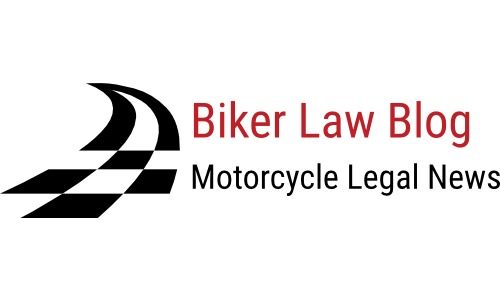

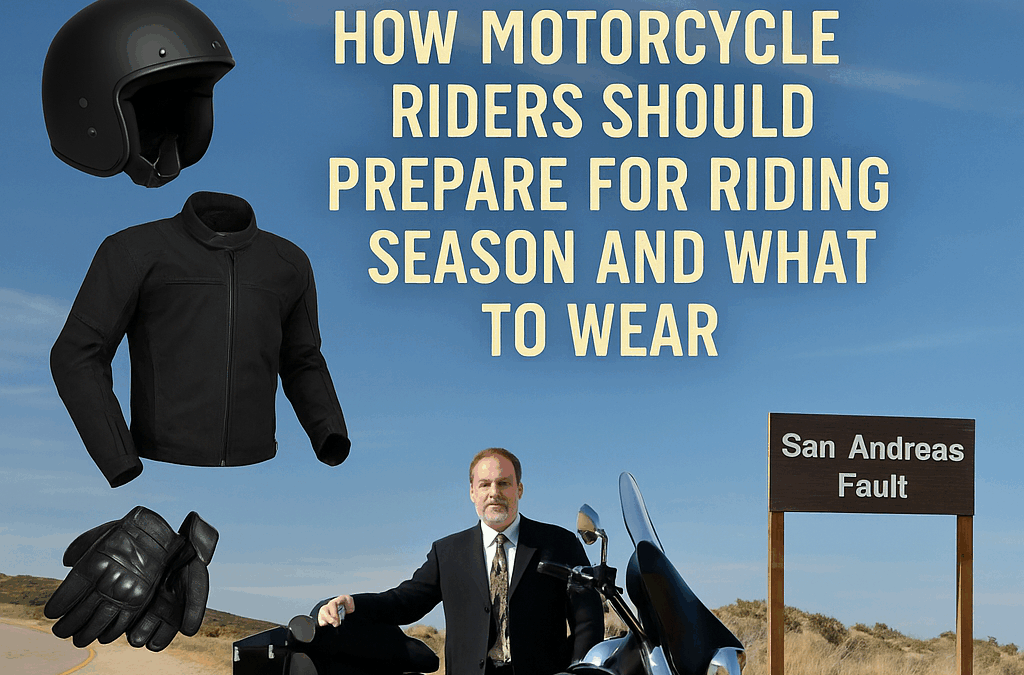


 Welcome, my name is
Welcome, my name is 